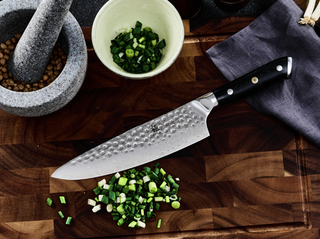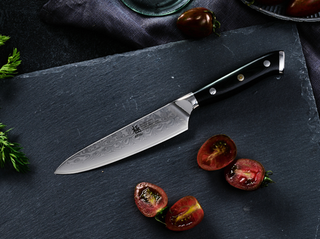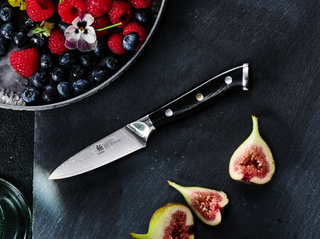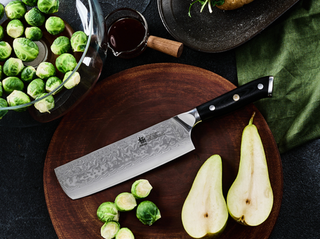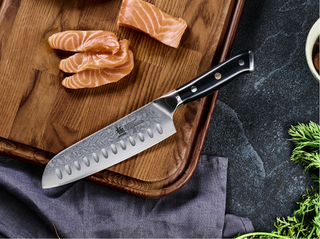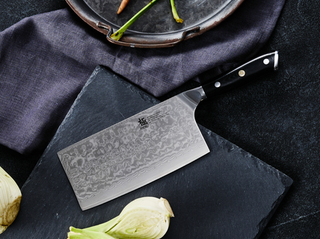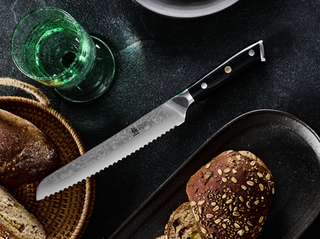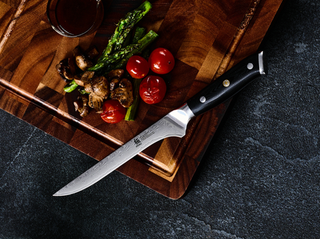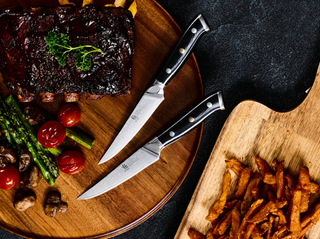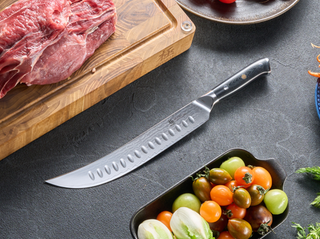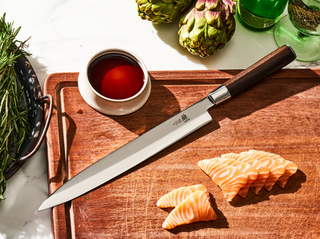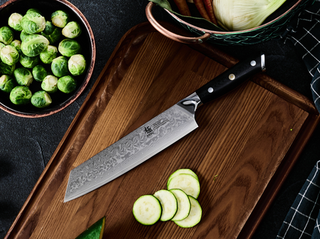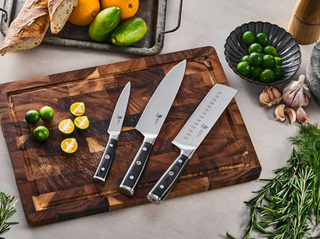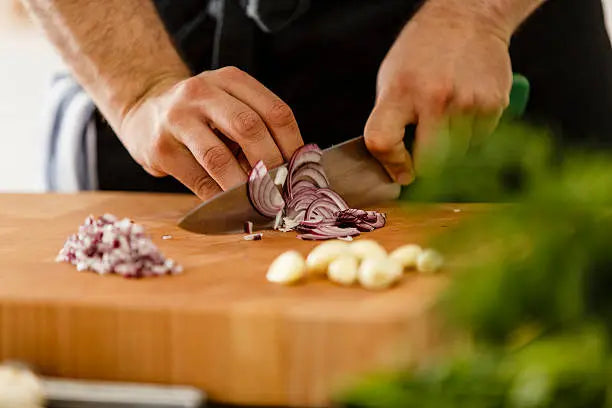Having trouble chopping onions into perfect thin strips for your recipes? Learning the proper julienne cutting technique can take your knife skills from amateur to expert-level. Julienning onions results in uniform slices or dices ideal for onion rings, salads, soups, stir fries, and more. If you are looking for methods on how to julienne an onion, follow these pro tips and you will master the art of the onion julienne cut.

Invest in a High-Quality Chef’s Knife
A sharp, durable chef's knife designed specifically for chopping is essential equipment for easily julienning onions. Look for an 8 to 10-inch blade length, as the extra leverage allows for faster, more even cuts. Stainless steel or high-carbon blades stay sharper longer. An ergonomic knife handle provides comfort and control while slicing.

Prep Onions for Optimal Julienne
Peel the onion, then trim the ends. Halve the onion from root to stem, leaving the root end intact - this holds the layers together for slicing. Lay the halves flat-side down on a cutting board. The broad, stable surface prevents slipping.

Make Vertical Slices
With your chef’s knife, make vertical parallel cuts about 1/4 inch apart from one end of the onion half to the other. Make the slices closer together for thinner julienne. Work deliberately but efficiently while slicing for uniformity.

Complete the Onion Julienne Cut
Make horizontal cuts across the vertical slices, also about 1/4 inch apart. You can cut with or against the grain - with the grain produces longer strips, against makes shorter pieces.

Master the onion julienne cut for restaurant-quality dishes. With the right techniques and chef’s knife, you’ll be chopping and slicing onions like a culinary pro.
What’s the Difference Between Slicing Onions and Julienning Onions?
Though they might look similar at a glance, slicing and julienning onions are quite different in both technique and result. Slicing typically refers to cutting the onion into half-moon shapes, either thick or thin, often used for sautés, burgers, or caramelizing. Julienning, on the other hand, involves cutting the onion into long, thin matchstick-like strips—ideal for stir-fries, salads, or garnishes where uniformity and quick cooking matter.
Julienned onions cook faster and present more cleanly on the plate, while sliced onions offer a broader surface area and a softer texture when cooked.
FAQs about onion julienne cut
1. What is the ideal knife for julienning onions?
A sharp Chef’s knife or Santoku knife works best for julienning onions. The finer the blade and the more balanced the knife, the easier it is to achieve uniform, thin cuts. High-quality Japanese knives like those from Kyoku provide the precision and comfort needed for this task.
2. How thin should julienned onions be?
Typically, julienned onions are cut into strips about 1/8 inch (3 mm) thick. Consistency is key so they cook evenly, especially in stir-fries or quick sautés.
3. Can I julienne onions ahead of time?
Yes, you can prep julienned onions up to 2–3 days in advance. Store them in an airtight container in the fridge to keep them fresh. If you're planning to use them raw, rinse and pat dry before serving to refresh their texture.
4. What dishes use julienned onions?
Julienned onions are perfect for stir-fries, fajitas, salads, sandwiches, and as garnishes on ramen or tacos. Their thin shape helps them blend into dishes without overpowering the bite.
5. My onions keep sliding—any tips for better control when julienning?
Cut a small slice off one side of the onion to create a flat base before cutting. This adds stability. Also, using a knife with a non-slip ergonomic grip, like Kyoku’s chef knives, helps maintain control during fine slicing tasks.
